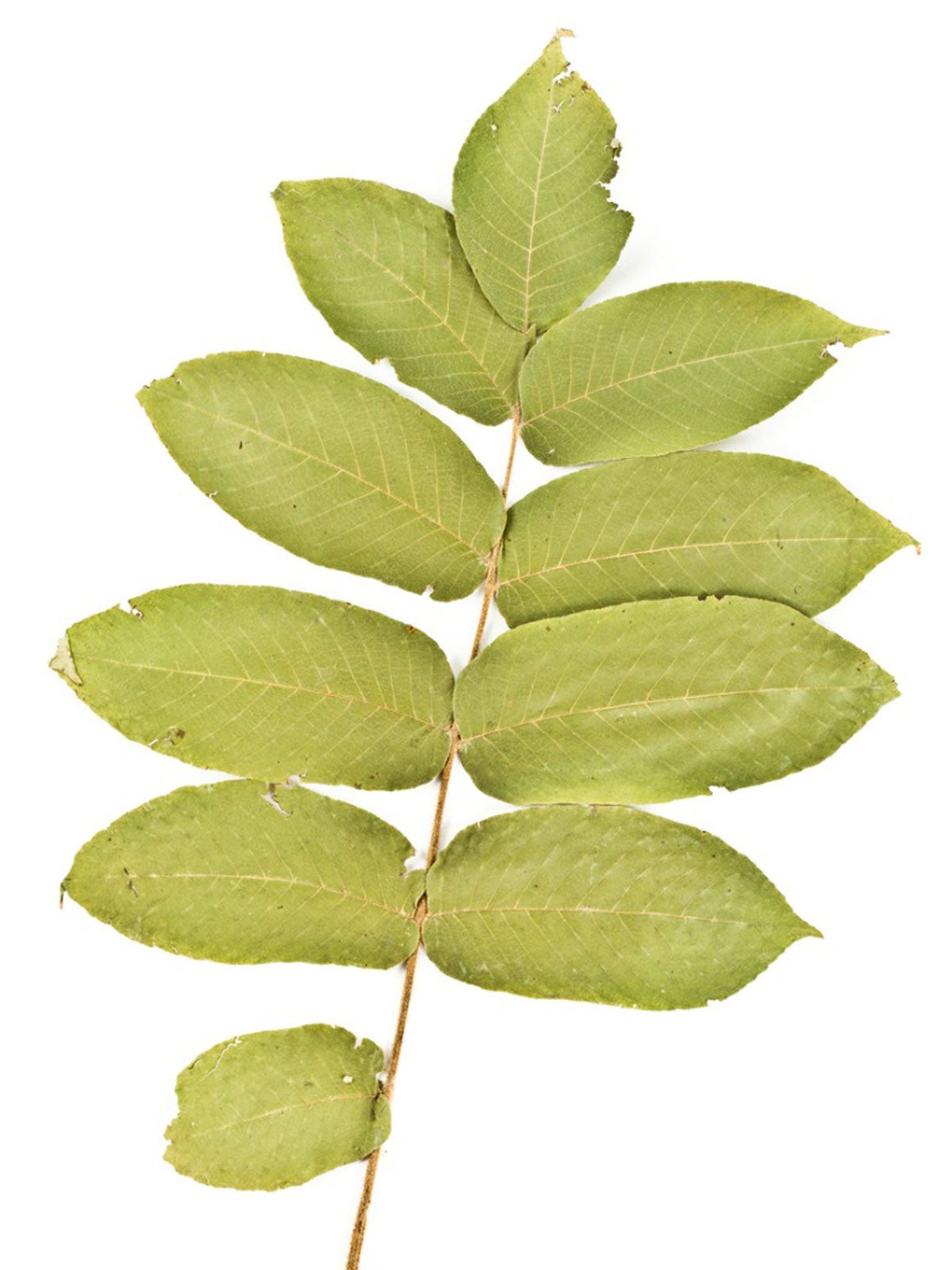Is Growing Butternuts Possible: Information About White Walnut Trees


What are butternuts? No, don’t think squash, think trees. Butternut (Juglans cinerea) is a species of walnut tree that is native to the eastern United States and Canada. And the nuts that grow on these wild trees are easy to process and delicious to eat. Read on for more butternut tree information.
Butternut Tree Information
If you tell someone you are growing butternuts from butternut trees, they are likely to respond: “What are butternuts?” Many gardeners are not familiar with the wild nut tree and have never tasted a butternut. Butternut trees are also called white walnut trees because they have pale gray bark and are related to the black walnut tree (Juglans nigra) and other members of the walnut family. White walnut trees grow to 60 feet (18.3 m.) tall in the wild, with dark green leaves arranged in leaflets up to 20 inches (50.8 cm.) long.
Are Butternuts Edible?
When you are learning butternut tree information, the nuts themselves are of top interest. The fruit of the butternut tree is a nut. It is not round like the nut of the black walnut tree, but elongated, longer than it is wide. The nut is deeply ridged and grows inside a green, hairy husk until they mature in mid-autumn. Squirrels and other wildlife love butternuts. Are butternuts edible by humans? They most certainly are, and have been eaten by Native Americans for centuries. Butternut trees, or white walnut trees, produce rich and delicious nuts. The butternut is an oily nut that can be eaten as is when mature or prepared in a variety of ways. The Iroquis crushed and boiled butternuts and served the mixture as baby food or drinks, or processed it into breads, puddings, and sauces.
Growing Butternuts
It is entirely possible to start growing butternuts in your backyard, if you have a site with rich, loamy soil. The trees are vigorous and live for some 75 years. However, the butternut tree is now a threatened species due to its susceptibility to a fungal canker disease, Sirococcus clavigignenti-jug-landacearum, also called “butter-nut canker.” Its populations in the wild have diminished and in many places it is rare. Hybrids, where white walnut trees are crossed with Japanese walnut, are more resistant to the canker.
Sign up for the Gardening Know How newsletter today and receive a free copy of our e-book "How to Grow Delicious Tomatoes".

Teo Spengler is a master gardener and a docent at the San Francisco Botanical Garden, where she hosts public tours. She has studied horticulture and written about nature, trees, plants, and gardening for more than two decades, following a career as an attorney and legal writer. Her extended family includes some 30 houseplants and hundreds of outdoor plants, including 250 trees, which are her main passion. Spengler currently splits her life between San Francisco and the French Basque Country, though she was raised in Alaska, giving her experience of gardening in a range of climates.